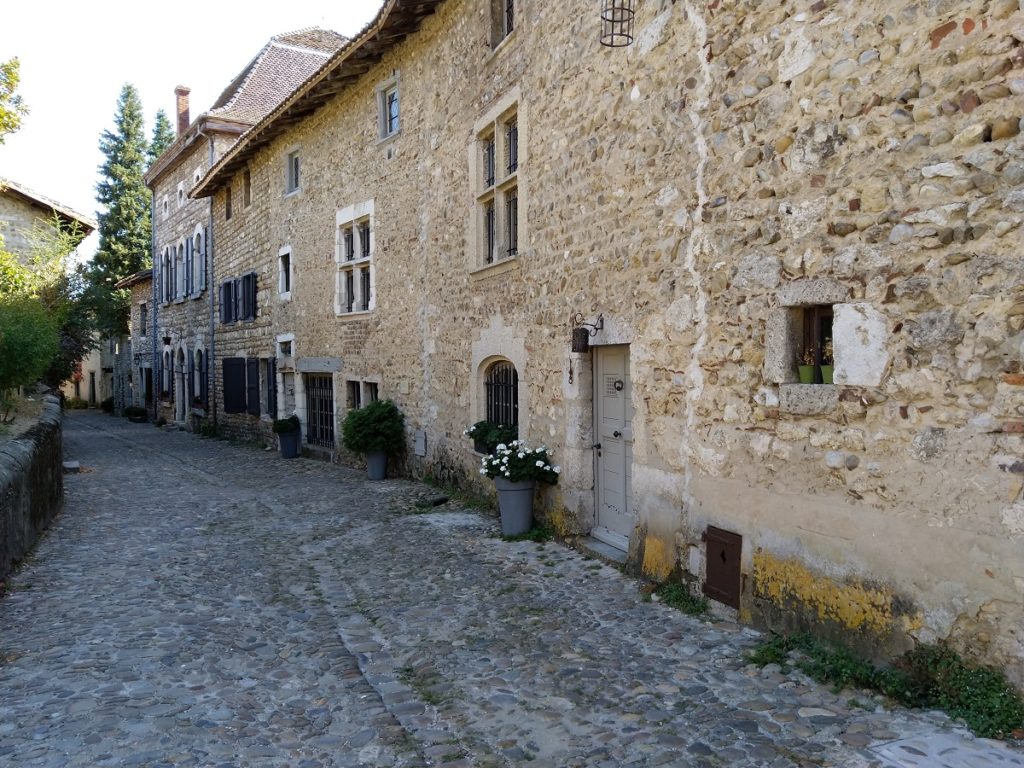Pavement preservation is the long-term process of applying strategies that will enhance the performance and extend the service life of the pavement. In Salt Lake City, asphalt paving and commercial excavation services aim to make all types of structures as durable as possible. To make the pavement resist deterioration, owners and managers employ the following preservation techniques:
1. Repairing cracks
Cracks in the pavement are addressed either by sealing or filling . Of the two, crack sealing is the tedious yet more permanent solution, in which cracks in the pavement are sealed to prevent water and foreign materials from entering the break. On the other hand, crack filling is a quick and easy fix that aims to limit the amount of water going in the pavement.
Both of these techniques are used to prevent the cracks from getting worse, especially if the crack is “working” or moving. In this way, the pavement life will be longer due to less fatigue, cracking, and stripping. However, the earlier sealing or filling is done, the longer the pavement can last.
2. Seal treatments
There are various types of seal treatments that can be used on asphalt, including but not limited to: sand seals, scrub seals, chip seals, and cape seals. For sand seals, an asphalt emulsion is sprayed onto the pavement before the sand is applied, which is then rolled by a pneumatic tire roller. A scrub seal is similar to a sand seal, but after the emulsion is sprayed, a broom is used to force the emulsion into cracks in the pavement.
Chip seals involve a high-viscosity asphalt emulsion and a coarse aggregate to provide good surface friction for low-volume roads. And lastly, cape seals combine the treatments of a chip seal and a slurry seal, which can fix more severe pavement deterioration.

3. Fog sealing
A fog seal uses a slow-setting asphalt emulsion that is lightly applied on an existing pavement. In general, a fog seal is used to strengthen brittle and old pavements, reduce raveling, fix small cracks, and address blemishes on the pavement’s surface
Rejuvenating emulsions can also be used for fog sealing, which aims to “rejuvenate” old asphalt with new maltenes.
4. Asphalt overlays
A common pavement preservation technique is called a thin HMA or WMA overlays. In this technique, hot or warm asphalt mixes are applied onto the surface that is about 1 to 1.5 inches thick. Of course, the overlay can go thinner than this, but the thicker the overlay is, the better it will help the pavement last longer.
This type of pavement preservation technique is done for high-traffic roads so that the pavement can provide a smooth surface for cars to pass through safely.
Pavement preservation is something that every homeowner, road manager, and paving contractor should know. The techniques highlighted above are just some of the best strategies to extend the life of your pavement. Talk to a reputable paving contractor in your area to learn more about the process, the services available, and your other options.

